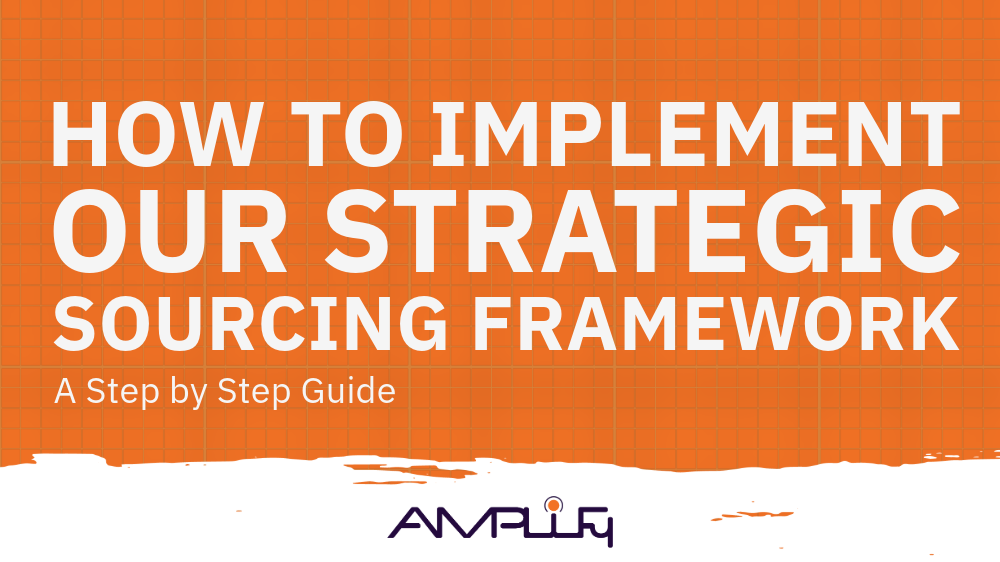App Development: Android vs. iOS
When you board a random subway, walk into a waiting room or watch people take a break, something strikes you immediately: (almost) everyone has a smartphone in their hand. But how did this become so normal? The mobile device continues to rise in popularity due to the use of applications. Not only the number of end-users keep growing persistently, but also the demand for apps that provide business solutions. According to a Survey from Statista, the number of mobile phone users at a global level is expected to pass the five billion by 2019:
When we are looking into the operating systems of these smartphones, there are clearly two players who dominate the market: Android (Google) and iOS (Apple) . Over the years, both have taken over features from each other in their mobile operating systems . However, there are dissimilarities between the two that clearly affect the development process of an application. In other words, the whole mobile app development process will vary according to the selected operating system. In this article, we’ll talk about the fundamental differences between creating apps for iOS and for Android.
Mobile Operating Systems – current popularity and market share
Before deciding on which operating system you want your application to be running on, it might be interesting to know the current market share and popularity of each. The current mobile market share of Android lies between 80 and (almost) 90 percent. iOS in comparison dominates the other 10 to 20 percent of the market which basically leaves an extremely low percentage to other operating systems.
When taking a closer look at a national level, the differences are noticeable. The market share of Android in Spain, for example, goes up to 86,1% and 13,6% for iOS. France, Italy, and Germany have similar numbers of market share. Unlike Great Britain, which is one of the countries in Europe where iOS has a higher market share of 37% and Android 62,7%.
In the US, one might expect the market share of iOS to be higher than Android but that’s not the case. Android is currently dominating it with a percentage of 59,1% followed by iOS with 39%. The following statistics should give you a deeper insight of the current global market share per smartphone type :
The two most popular smartphones, Samsung and Apple, are followed by the Chinese brands Huawei, Oppo, and Vivo. They all run and are based on Google’s operating system. Although Samsung is still the biggest provider of the Android operating system, Huawei, Oppo, and Vivo are also contributing to the market share of 77,4% in China.
Dissimilarities in programming between these two operating systems
Now that you know the differences in popularity and market share of both operating systems, it’s time to dive into the dissimilarities in development, starting with the programming language.
Programming language
Apps that are running on Android are programmed in Java , currently the most popular programming language in the world. While Java requires a lot of coding there is an alternative: Kotlin . This coding language is easier to read for developers and coding can be done in a more efficient way. Another popular programming language for Android apps, especially among more junior app developers, is C# . It is supported by helpful tools like Unity and Xamarin to create games and multi-platform applications.
Apple’s native mobile app development language Objective-C was one of the first programming languages and proved to be useful for creating apps on several devices. A more modern programming language is Swift which was launched in 2014 and created as a replacement for Objective-C. Thanks to its streamlined language and advanced error checking system , it’s easier and faster for developers to build apps.






